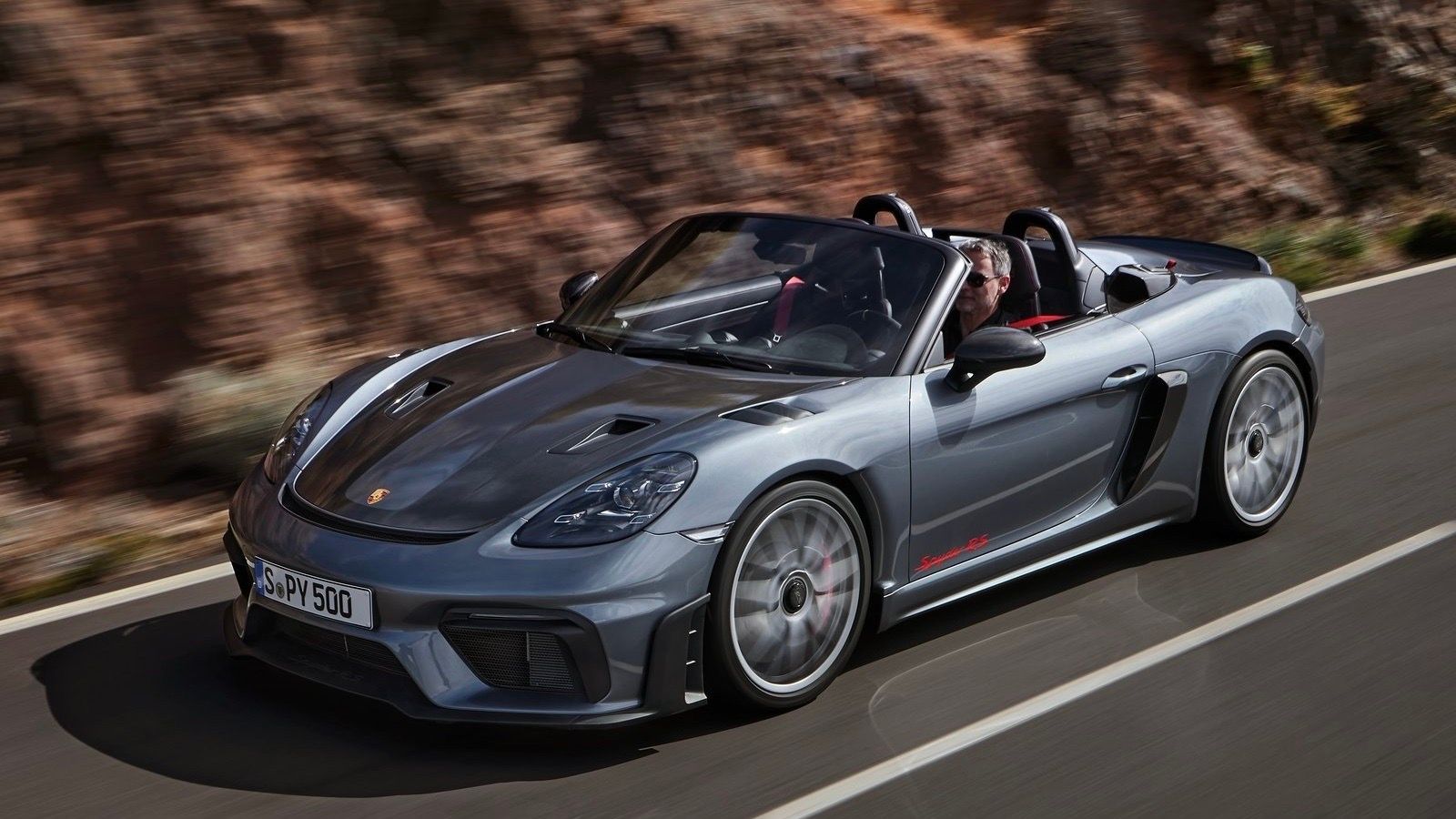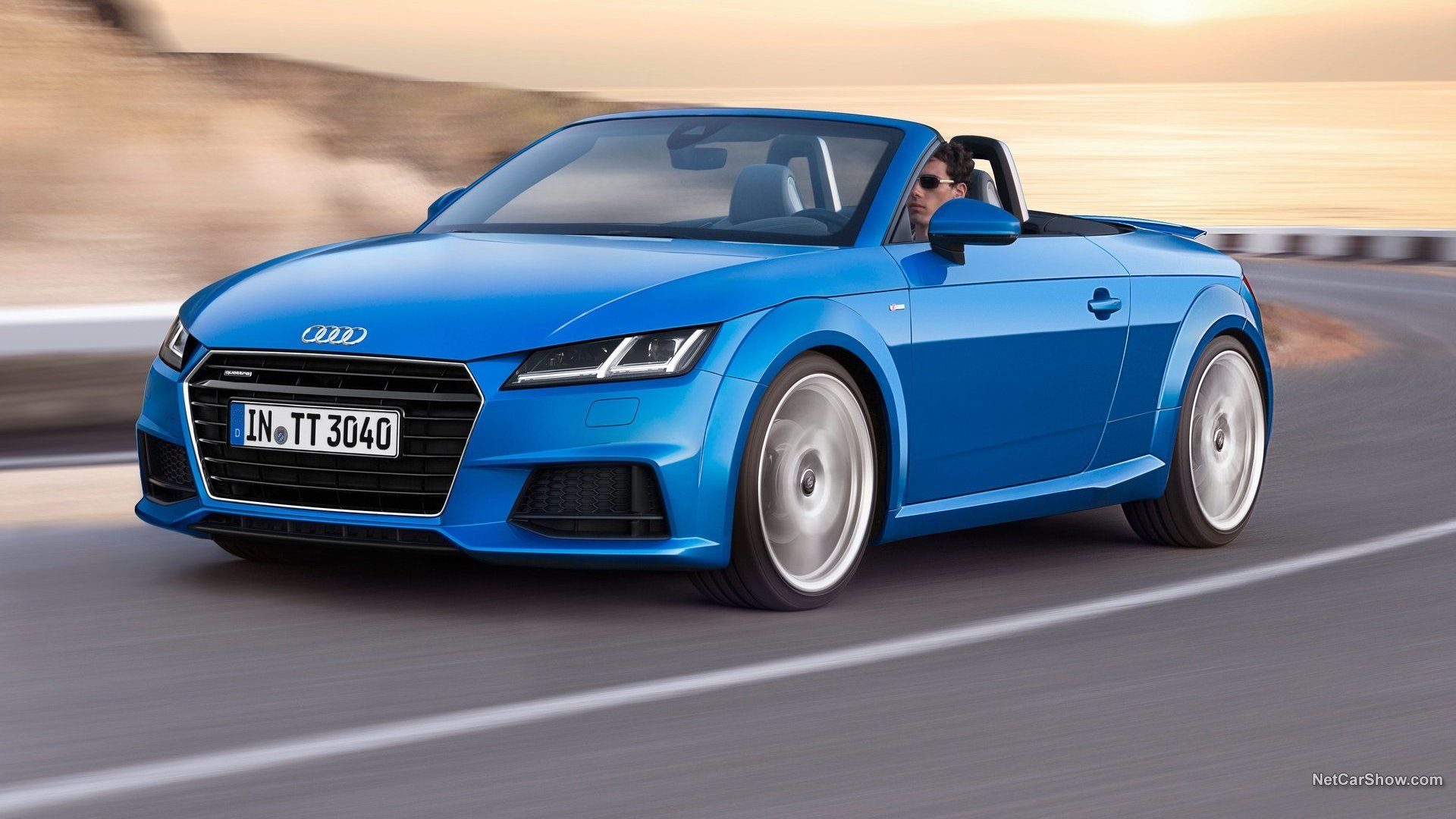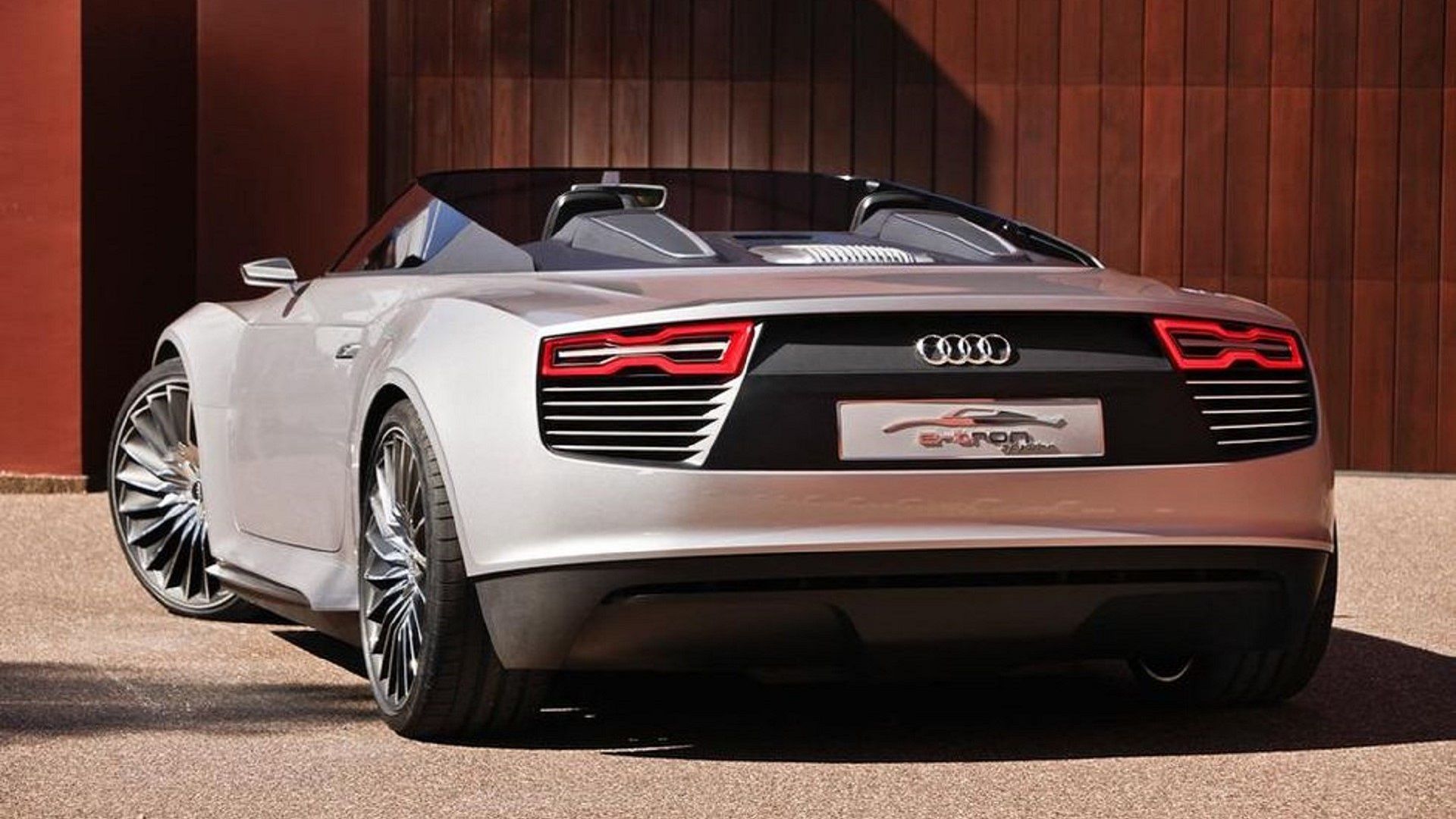The Bollinger B1, a promising all-electric SUV with 614 horsepower, was set to disrupt the industry. However, Bollinger canceled both the B1 SUV and the B2 truck, leaving a gap in the electric vehicle market. Now, Bollinger Motors has announced plans to bring back both models at an undisclosed date.
The Bollinger models were notable because they showed that power and off-road capabilities could coexist with an electric motor. The unique style of the Bollinger vehicles, reminiscent of vintage military vehicles, added to their appeal. However, with the upcoming release of other utilitarian-style electric SUVs, the Bollinger’s relaunch comes at a time when competition is becoming fierce.
Information for this article has been sourced from Bollinger, Car and Driver, and Investor Place.
The Bollinger B1 And B2 Are Making A Comeback
The Bollinger B1, first introduced in 2017, was designed to be an SUV with two electric motors and all-wheel drive. It aimed to have a quick acceleration rate and appeal to a wide range of potential customers. The Bollinger B2, a pickup truck version of the B1, shared many similarities with its SUV counterpart.
|
Bollinger B1 SUV |
Bollinger B2 Truck |
|
|
Layout |
Dual electric motors |
Dual electric motors |
|
Horsepower |
614 horsepower |
614 horsepower |
|
Torque |
668 pound-feet |
668 pound-feet |
|
Range |
200 miles |
200 miles |
|
0-60 MPH |
4.5 seconds |
4.5 seconds |
|
Top Speed |
100 MPH |
100 MPH |
Source: Bollinger (estimated values from 2022)
The revival of the Bollinger SUV and truck plans means exciting things are ahead for electric vehicle customers. However, the company’s focus seems to be on commercial work vehicles like the B4. Engineering work for the B1 and B2 may be outsourced. Bollinger founder Robert Bollinger stated that work on the vehicles is continuing.
A Unique Construction Sets The Models Apart By Linking Vintage and Modern
Unlike other EV start-ups, the Bollinger vehicles embrace a simpler, vintage design. Without the latest technology and large touchscreens, the Bollinger brand attracts classic car lovers and off-road enthusiasts. The company’s focus on electrifying the commercial truck market sets it apart from other automakers.
The initial rendering of the Bollinger B1 generated significant interest, with 10,000 vehicle reservations within five months. This showed that there was a demand for blocky work vehicles with a vintage aesthetic. While more manufacturers are jumping on the trend of creating vintage electric off-roaders, Bollinger’s expertise in commercial work vehicles may give it an edge.
With A Steep $125,000 Price Tag, The Bollinger Models Are More Costly Than The Competition
The Bollinger B1 and B2 were initially expected to have a starting price of $125,000, making them more expensive than their competition. While the vintage aesthetic and off-road capabilities may attract some customers, other manufacturers offer similar vehicles at lower prices. The range of 200 miles, once considered sufficient, now falls short compared to newer electric vehicles.
Despite the challenges, Bollinger motors has a unique business model focused on electrifying the commercial trucking industry. This expertise may give them an advantage over other automakers who are just starting to enter the market for electric SUVs and trucks.
We’ll Have To Wait And Watch What Happens
With the future release of the Bollinger B1 and B2, it is unclear how they will fare in the market. However, Bollinger’s unique design and expertise in commercial work vehicles may give them an edge over the competition. Only time will tell if the Bollinger models can justify their steep price tag and find success among electric vehicle customers.












